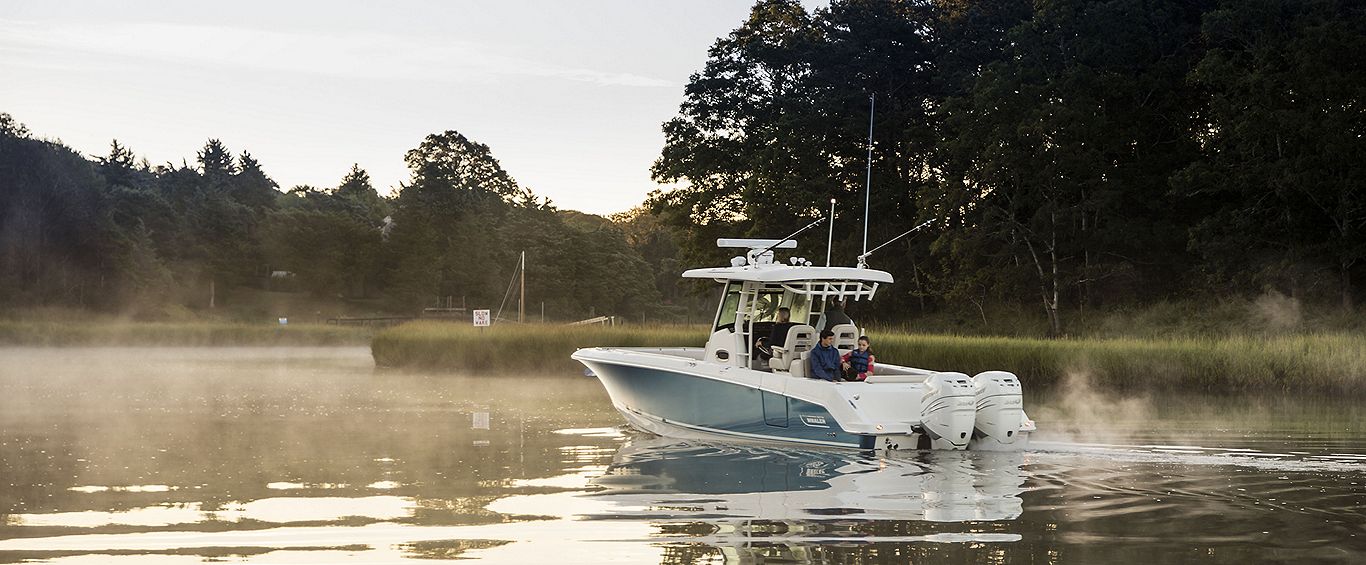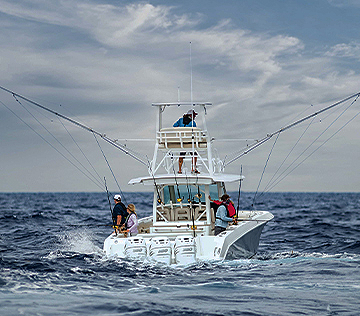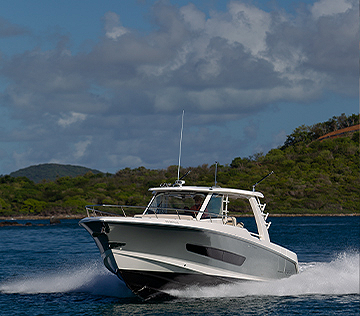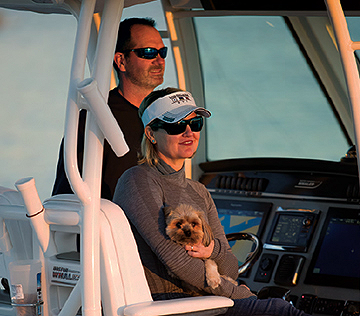
Winterizing Your Boat
A Guide to Seasonal & Year-Round Care
Getting your boat ready for the offseason might feel like a chore, but a little effort now saves you from big headaches later. Even if you’re lucky enough to boat all year, routine maintenance keeps things running smooth. Think of it as giving your boat a little TLC before it hibernates—or making sure it’s always in peak form for your next adventure.
 Assemble Your Winterization Toolkit
Assemble Your Winterization Toolkit
Before you dive in, gather your essential gear:
Marine-grade antifreeze – Stops water systems from turning into icy wreckage.
Fogging oil – Protects your engine’s insides from rust and corrosion.
Fresh motor oil & filter – Keeps the heart of your boat running strong.
Fuel stabilizer – Prevents old fuel from gumming up your system.
Lower-unit lubricant & drain plug gaskets – Ensures smooth sailing when you return.
Oil suction pump & lower-unit lube pump – For a hassle-free fluid change.
Step-by-Step Winterization Game Plan
1. Drain and Defend Your Water Systems
Trapped water in your engine or plumbing can freeze, expand, and destroy vital components. Here’s how to avoid a frozen disaster:
Flush the engine with fresh water using motor muffs.
Run it up to normal operating temperature.
Drain every drop from the cooling system, bilge, livewells—anywhere water lingers.
Add marine-grade antifreeze to safeguard against hidden freeze points.
2. Swap Out Engine Oil and Fluids
Old oil = contaminants. Contaminants = trouble. Do your engine a favor:
Drain the old oil and refill with fresh, manufacturer-approved oil.
Swap out the oil filter for a clean one.
Replace the lower-unit gear oil and check for water contamination.
Top off steering fluid, coolant, and transmission fluid.
Inspect fuel lines for cracks and wear—replace if needed.
Lubricate all moving parts, including the throttle and steering.
3. Stabilize the Fuel System
Fuel breaks down over time, creating varnish that clogs your engine. Here’s how to prevent that:
Fill the tank to reduce condensation.
Add a marine-grade fuel stabilizer.
Run the engine for a few minutes to cycle stabilized fuel through the system.
4. Protect the Engine’s Inner Workings
Corrosion is the silent killer of engines. A little fogging oil goes a long way:
While the engine runs, spray fogging oil into the air intake until it stalls.
Remove spark plugs and apply fogging oil directly into the cylinders.
Manually rotate the engine to spread the oil evenly.
Read more tips on maintaining your boat’s engine during the offseason.
5. Secure Electronics & Personal Gear
Your boat’s interior needs protection too:
Remove all valuables, electronics, and personal items.
Store batteries in a dry, temperature-controlled space and charge periodically.
6. Clean & Protect Your Boat’s Exterior
Don’t let grime take over while your boat rests:
Scrub the hull and topsides with a marine-grade cleaner.
Clean and condition upholstery, vinyl, and canvas.
Apply a protective coat of wax to fiberglass surfaces.
Treat canvas covers with a waterproofing solution.
7. Store Smart
Where and how you store your boat can make all the difference:
Shrink-wrap for top-tier protection against moisture and UV damage.
Use a heavy-duty cover if shrink-wrapping isn’t an option.
Store indoors in a climate-controlled space when possible.
Raise your boat on blocks if storing outside to protect the hull.
Keeping Your Boat in Shape Year-Round
If you’re a year-round boater, regular maintenance keeps you cruising safely. Add these mid-season checkups to your routine:
Electrical System Checks
Fully charge and clean battery terminals.
Secure battery cables to prevent accidental disconnects.
Test all switches, lights, and electronics.
Ensure bilge pumps and float switches are in working order.
Mechanical Inspections
Check and top off oil, coolant, and steering fluid.
Inspect fuel lines for cracks or wear.
Lubricate moving parts like the throttle and steering.
Listen for any strange noises when running the engine.
Test the engine cut-off switch for reliability.
Safety Equipment Review
Make sure all safety gear is in good shape.
Test the VHF radio and replace expired flares.
Check fire extinguishers for charge and expiration.
Inspect life jackets, dock lines, and first-aid kits.
Ready for the Water Again?
Read our guide to pre-season boat engine prep. Check out pre-launch boating tips to ensure smooth sailing from day one.



